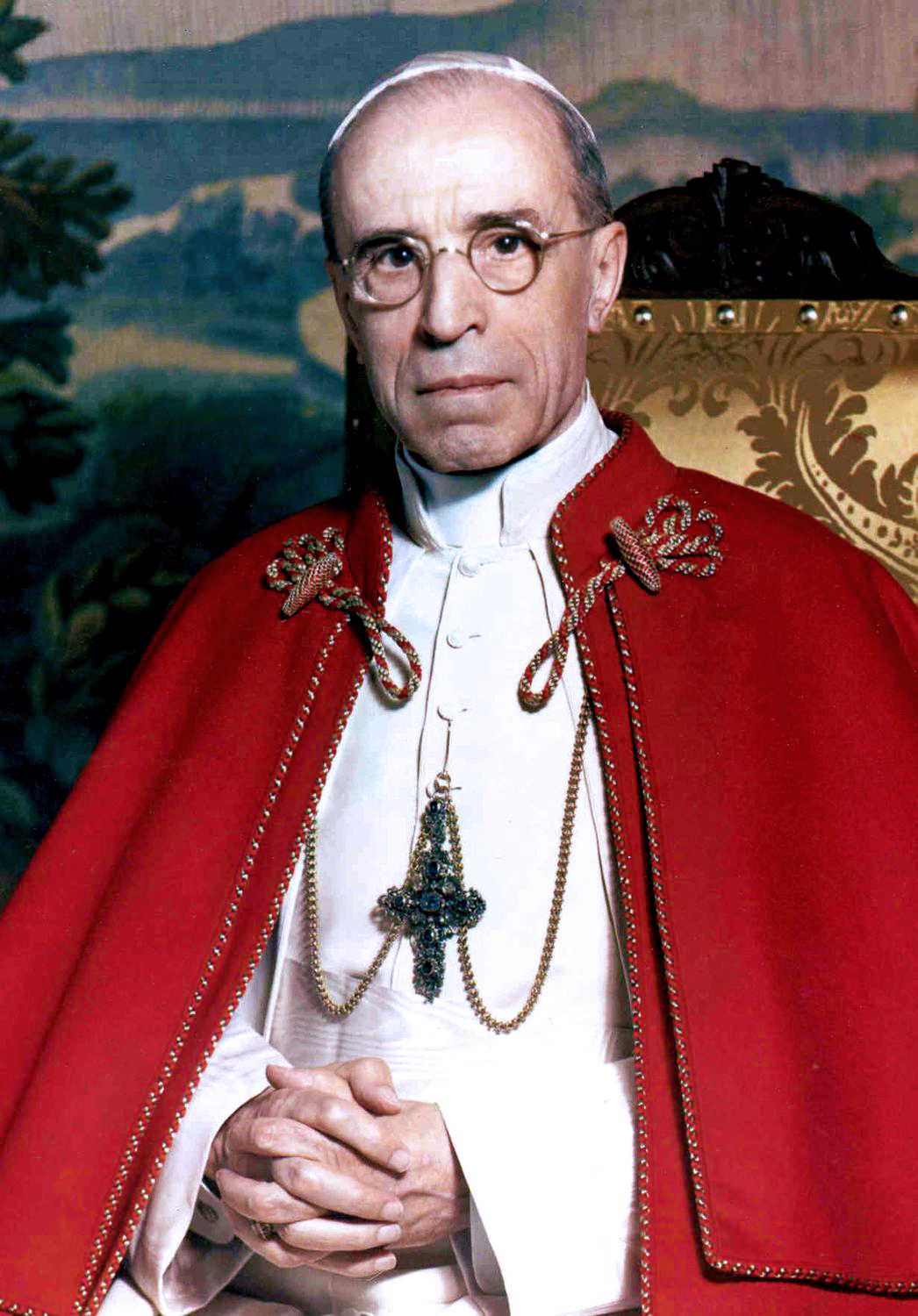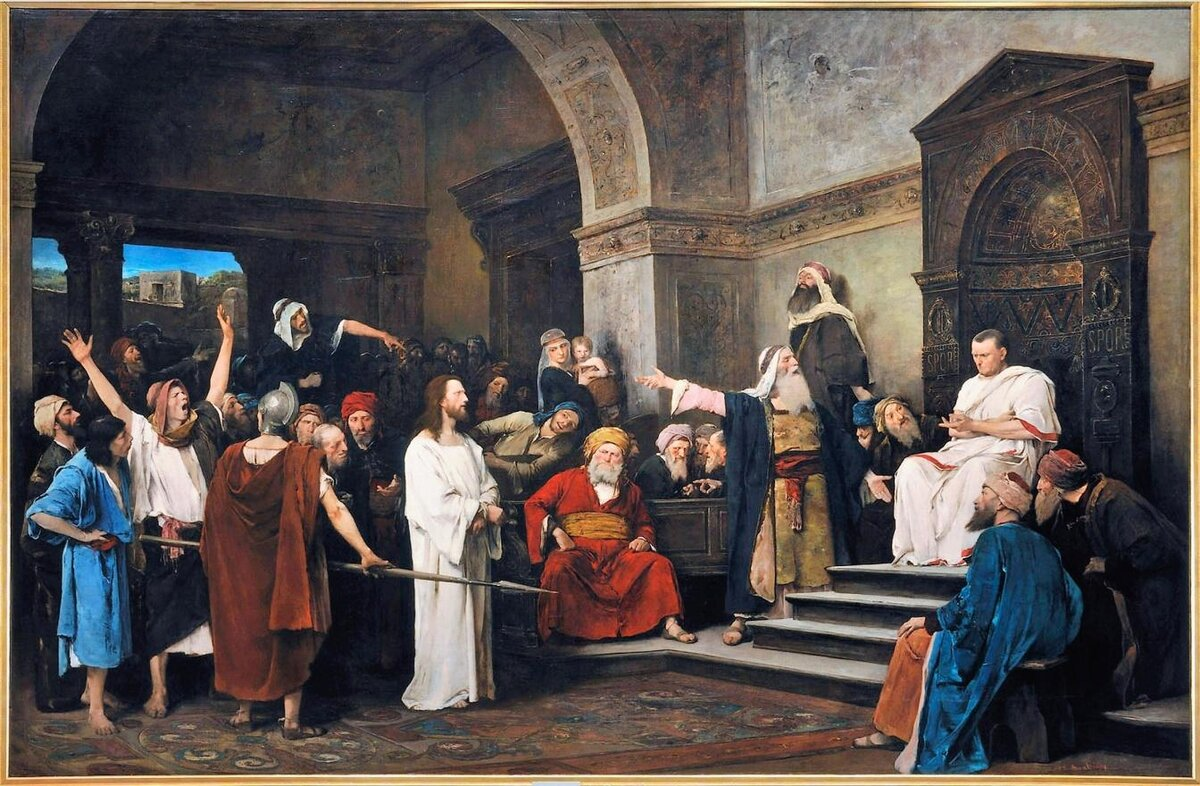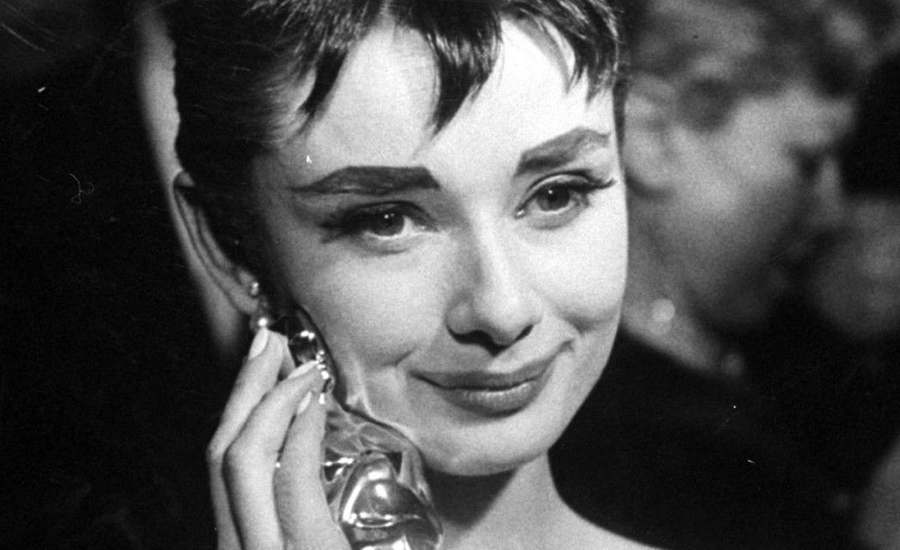The Princess Who Married a Monuments Man
A missing painting, a refugee princess, and a boy from Oklahoma — all the ingredients for a wartime love story
In 1940, one of the most valuable paintings in private possession was Hans Holbein’s Darmstadt Madonna, worth at least $1,000,000.¹ It belonged to a German prince, Ludwig of Hesse and by the Rhine.
When World War II broke out, Ludwig sent the painting to one of his estates in Silesia (modern-day Poland) for safekeeping. But when the Soviet Army marched on Berlin, they occupied Silesia along the way.
To keep the painting out of Soviet hands, a loyal retainer rescued it and drove west, narrowly escaping the bombing of Dresden along the way. After being shot at en route, he arrived in the city of Coburg, exhausted and afraid. He took the painting to a nearby fortress, Veste Coburg, and left it there.
Once the fighting ended, Ludwig heard that Veste Coburg had been looted by Poles and bombed by Americans. He asked the American occupying forces to help him find the painting…and the rest of the $40 million art collection he’d sent east for safekeeping.²
It was the perfect job for one of the Monuments Men, a group of Allied soldiers tasked with saving and retrieving as much valuable European artwork as possible.
‘Kissing a Hohenzollern’
On August 8, 1945, American soldier Clyde Harris was reassigned to the Monuments, Fine Arts, and Archives Branch. He was then posted to Darmstadt to gather information about the Holbein.
When Harris arrived at the Hesse family’s residence, Schloss Wolfsgarten, Prince Ludwig and his wife weren’t there…but Harris wasn’t totally out of luck. One of the 200 refugees gathered there was the former Crown Princess of Prussia.³ Her daughter, Princess Cecilie Viktoria, spoke English and volunteered to show Harris around the gardens while they waited for the painting’s owner.
Harris soon realized he was walking with the former kaiser’s granddaughter. He later said:
“She was shapely and attractive, with a winsome twinkle in her eyes and a warm smile….she maintained a royal dignity — she was modest, friendly, polite.”⁴
For the next few months, Harris worked on locating Prince Ludwig’s missing artwork, as well as some family jewels that had been stolen. He saw Cecilie every time he visited Schloss Wolfsgarten. Even her cocker spaniel, Schnapps, liked him. Sensing an opportunity, he took her on a few dates.
That December, Harris had enough information to try and retrieve the Holbein Madonna. Inside Veste Coburg, he and Prince Moritz of Hesse found what looters had left behind: empty boxes and a lot of garbage.
But Harris and Moritz also found a mahogany box leaning against the back wall. When they opened it, they found the Holbein, still in good condition. In total, they recovered about half of Prince Ludwig’s art collection. Harris suspected the Russians took the other half.⁵
Harris and Moritz drove the artwork back to Schloss Wolfsgarten. Their truck caught on fire at one point, but they were able to remove the painting in time. When Harris finally parked the truck in the Wolfsgarten courtyard and revealed the undamaged Holbein, he says Prince Ludwig and his wife “grabbed me and kissed me.”⁶
But there was one castle resident he didn’t get a kiss from — Cecilie. He later wrote:
“No doubt every American serviceman who ever dated a German girl will get a chuckle out of this, but I didn’t know whether to yield to a growing urge and kiss the princess…I was puzzled. How would an Oklahoman go about kissing a Hohenzollern?”⁷
‘The Whole Wonderful Thing Will End’
In April of 1946, Prince Ludwig and his family threw Harris a party for his 28th birthday. Food was still rationed, so his birthday dinner consisted of “dabs of mashed potatoes and spinach, unseasoned.”⁸ Other royal guests included Prince Philip of Greece, the future husband of Queen Elizabeth II.
Later that night, while walking in the moonlit garden with Cecilie, the moment he’d been waiting for finally arrived:
“The first thing I knew, I had Cecelia in my arms and was kissing her…But even in the rhododendron garden in the moonlight, with a princess in my arms, I had a terrifying thought: If I asked her to marry me and she refuses, the whole wonderful thing will end.”⁹
Despite their fairy-tale first kiss, neither Clyde nor Cecilie could bring themselves to talk about what might come of their relationship.
Later that summer, he was discharged from the army and sent home to Oklahoma.
In the meantime, Clyde’s parents breathed a sigh of relief. Hadn’t America just fought two world wars against the Germans? Couldn’t he find a nice American girl to settle down with? Even Clyde admitted that some of his best friends had fought against Cecilie’s grandfather — the hated “Kaiser Bill” — in World War I.¹⁰
So he began work as an interior designer, bringing the style he’d seen in grand European houses to Oklahoma City and then Amarillo, Texas. At one point, both he and Cecilie were engaged to other people. (Clyde left this part out when he told their story to the Saturday Evening Post.)
But when Clyde’s fiancée broke it off, Cecilie was the one to comfort him. She wrote to tell him “what a fool that woman is.”¹¹
Finally, in 1949 — three years after he’d last seen Cecilie — Clyde saved up enough money to take a trip to Europe.
Ostensibly, he went to source furniture for his clients, but he couldn’t resist contacting Cecilie. She met him at the train station in Switzerland, where all it took was one look for both of them to realize they were in love.
He later wrote, “The moment I was alone with Cecelia, all doubts vanished. I wanted to marry her, no matter what the consequences.”¹²
‘That’s An American For You’
But getting married to a princess wasn’t so easy. The first few people they told really freaked out.
“I thought they would die in their tracks,” Clyde said of his former hosts, Prince Ludwig and his wife.¹³
When Cecilie told her family’s social secretary, Count Hardenberg, he went white as a sheet.
At one point, Cecilie suggested eloping, but Clyde insisted they try to get her father’s permission. If that didn’t work, then they could elope.
But as it turns out, Crown Prince Wilhelm of Prussia knew a little something about unequal royal marriages. Back in the day, his father — Kaiser Wilhelm II — had refused to let him marry an opera singer. His oldest son, Cecilie’s brother, had married a commoner, losing his succession rights. Cecilie’s next brother had wanted to marry Hollywood actress Lili Damita until the family talked him out of it (click here to read my story about her adventures with Prince George, Duke of Kent).
Wilhelm grilled Clyde about his intentions and his family background. “One of my grandfathers was a missionary and another was a drunkard,” Clyde said.
“That’s an American for you,” Wilhelm replied.¹⁴
In the end, Clyde’s honesty and love for Cecilie won him over. Wilhelm insisted they get married in Burg Hohenzollern, the family’s medieval stronghold.
Clyde Harris and Princess Cecilie Viktoria of Prussia married on June 21, 1949. There were more photographers than guests at the wedding — 100 photographers and just 60 guests.¹⁵ They left the castle in a limo to give the photographers a thrill but stopped in a nearby town to swap it for Cecilie’s Fiat Topolino.
‘A Better Title’
After the wedding, Cecilie told reporters she didn’t mind giving up her title.
“I’ve got a better title,” she said. “It’s ‘Mrs. Harris’…I’m going to be a real American and I’m going to love Texas.”¹⁶
The couple received hundreds of letters after the publicity surrounding their wedding. Clyde said that only two of them were angry about her German heritage.
His family welcomed her with open arms. To help make the transition, Cecilie clung to her dog, Schnapps — her last link with Europe and her family. When she missed the sound of the rain, Clyde said, she would ask him to turn on the bath water.
Clyde Harris started his own interior design firm in 1952. Two years later, their daughter Kira was born.
But their happily ever after lasted for less than ten years.
In 1958, Clyde Harris died of a cerebral hemorrhage before his 40th birthday.
After his death, Cecilie stayed in Amarillo, where they’d built a home and begun raising their daughter. She returned to Germany for frequent family visits and died here at age 57 in 1975.
Later, their daughter Kira found the letters they’d exchanged during their three-year separation in Harris’s old Army trunk. What those letters say is none of our business, but the story they help tell belongs to everyone: love conquers all.
Notes
¹ ⁻ ¹⁰ Harris, Princess, Saturday Evening Post, 97.
¹¹ Willert, Harris, The Oklahoman.
¹² Harris, Princess, Saturday Evening Post, 97.
¹³ Harris, Princess, Saturday Evening Post, 97.
¹⁴ Harris, Princess, Saturday Evening Post, 98.
¹⁵ Harris, Princess, Saturday Evening Post, 98.
¹⁶ MacLeod, Royal, American Weekly.
¹⁷ Willert, Harris, The Oklahoman.
Sources
Edsel, Robert M. with Bret Wittner. The Monuments Men. New York: Center Street, 2009.
“Former Princess Mrs. Harris Dies While Visiting Germany.” The Amarillo Globe-Times, April 22, 1975.
Harris, Clyde as told to Lewis Nordyke. “I Brought Home a Princess.” The Saturday Evening Post, September 21, 1957. Accessed via Google Books December 2, 2020.
MacLeod, John. “Her Royal Highness — Mrs. Harris.” The American Weekly via The Milwaukee Sentinel, August 28, 1949. Accessed via Google News December 18, 2018.
Monuments Men Foundation. “Clyde Kenneth Harris (1918–1958).” Accessed December 2, 2020.
Thompson, Thomas. “Home Decorating Becomes Major Bridge Party Topic.” The Amarillo Globe-Times, July 31, 1947.
von Hessen, Heinrich Prinz and Barbara Schaden. Der kristallene Luster. Munich: Piper, 1994.
Willert, Tim. “Clyde Harris: Oklahoma Monuments Man.” The Oklahoman, October 24, 2016. Accessed December 2, 2020.









